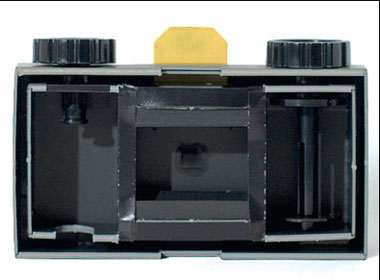The art of photography
Photographs bring vivid memories of the days gone by and now it is an
art. Taking photographs depends on the type of camera you use, the focus
and angle, in addition to the type of pose one would want . This is in
the case of photographs of people but if it is photographs of animals -
nature photography as it is called you have to capture the correct shot.
These photographs appeal to the young and the old. We give below how
photography came into being . Most of the information has been taken
from the internet. Photography advanced considerably when sensitised
materials could be coated on plate glass.
However, wet plates had to be developed quickly before the emulsion
dried. In the field this meant carrying along a portable darkroom.
"Photography" is derived from the Greek words photos ("light") and
graphein ("to draw"). The word was first used by the scientist Sir John
F.W. Herschel in 1839. It is a method of recording images by the action
of light, or related radiation, on a sensitive material.
Pinhole camera

Alhazen (Ibn Al-Haytham), a great authority on optics in the Middle
Ages who lived around 1000AD, invented the first pinhole camera, (also
called the Camera Obscura) and was able to explain why the images were
upside down.
The first casual reference to the optic laws that made pinhole
cameras possible, was observed and noted by Aristotle around 330 BC, who
questioned why the sun could make a circular image when it shined
through a square hole.
The first photograph
On a summer day in 1827, Joseph Nicephore Niepce made the first
photographic image with a camera obscura. Prior to Niepce people just
used the camera obscura for viewing or drawing purposes not for making
photographs.
Joseph Nicephore Niepce's heliographs or sun prints as they were
called were the prototype for the modern photograph, by letting light
draw the picture. Niepce placed an engraving onto a metal plate coated
in bitumen, and then exposed it to light. The shadowy areas of the
engraving blocked light, but the whiter areas permitted light to react
with the chemicals on the plate. When Niepce placed the metal plate in a
solvent, gradually an image, until then invisible, appeared. However,
Niepce's photograph required eight hours of light exposure to create and
after appearing would soon fade away.
Louis Daguerre
Fellow Frenchman, Louis Daguerre was also experimenting to find a way
to capture an image, but it would take him another dozen years before
Daguerre was able to reduce exposure time to less than 30 minutes and
keep the image from disappearing afterwards.
The Birth of Modern Photography Louis Daguerre was the inventor of
the first practical process of photography. In 1829, he formed a
partnership with Joseph Nicephore Niepce to improve the process Niepce
had developed.
In 1839 after several years of experimentation and Niepce's death,
Daguerre developed a more convenient and effective method of
photography, naming it after himself - the daguerreotype. Daguerre's
process 'fixed' the images onto a sheet of silver-plated copper.
He polished the silver and coated it in iodine, creating a surface
that was sensitive to light.
Then, he put the plate in a camera and exposed it for a few minutes.
After the image was painted by light, Daguerre bathed the plate in a
solution of silver chloride. This process created a lasting image, one
that would not change if exposed to light. In 1839, Daguerre and
Niepce's son sold the rights for the daguerreotype to the French
government and published a booklet describing the process. The
daguerreotype gained popularity quickly; by 1850, there were over
seventy daguerreotype studios in New York City alone. |



